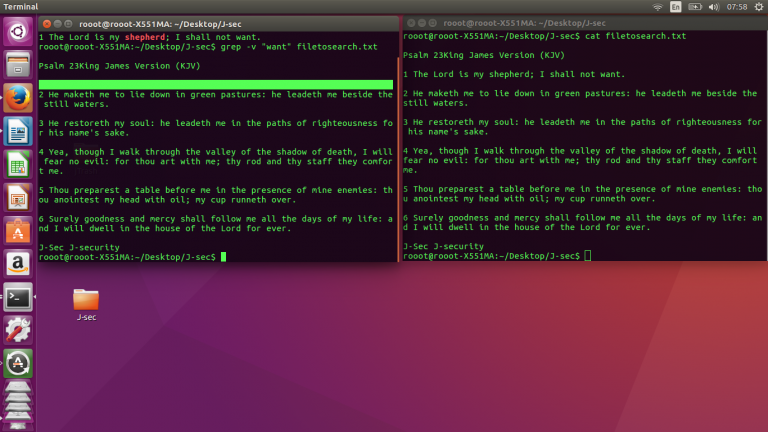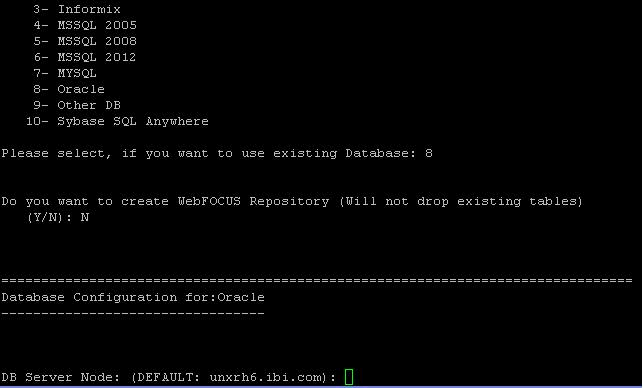
# ps -eo comm,lstart,etime,user | grep svnserve In the above example, I have given the "kdesvn" name in the command list to execute and fetch the PID of the same. You can easily find the PID for running processes.

Note: Using the '-C' option with 'ps' command will get the processes whose executable name is given in the command-list. In the above example, it printed the process name (kdesvn) of the PID no "6967". Here the option '-p' indicates the PID and '-o' option indicates the output format and the 'comm=' indicates the name of the Command. Note: Using the above command we can fetch the process name using with its corresponding PID.
#Ps ef command in unix how to#
How to get the process name using the corresponding PID? If you need a full-format listing, use '# ps -fG'. In the above example, it will list all the processes run by the gdm group.

Note: Using the '-G' option with 'ps' command will list all the processes running by a particular group. How to list all the running processes by a particular group? If you need a full-format listing, use '# ps -fU'. In the above example, it will list all the processes run by the liuxteck user. Note: Using the '-U' option with the 'ps' command will list all the processes running by the username. How to list all the running processes by username? It will be listed as single as well as multi-thread processes. In the above example, you can see that PID 15111 (kdesvn) has 4 threads. LWP provides the Thread ID and NLWP provides the number of Threads. In the about output, you can see in column 4 and 6 (LWP and NLWP). Basically, it gives you an idea about how many concurrent threads are coming into the system, based on that you can analyze which of the processes are generating more threads. Threads are also named as Light Weight Processes (LWP). Note: Using the '-L' option with the 'ps' command will display information about the threads. How to list the information about the threading process? Details of the arguments and outcome result as follows:ħ.
#Ps ef command in unix full#
Note: Using the '-ef' option with the ps command will display the full format list and with uppercase '-F' option will display Extra full format. How do I perform the full format listing? Details of the arguments and outcome result as follows:Ħ. In BSD we should not start the options with a dash and in UNIX we should start the options with a dash. Note : The ps command can accept options with two different formats i.e., BSD and Unix. How to list all the processes in the system using BSD format? The x option is always combined with other flags like a, u. You can also see the processes that are not associated with the current TTY. Note: Using the'-x' option with the ps command will list all the processes on your system. How to list all the running processes in the system? Note: Using the 'ps -a' option we can view all the processes except both session leaders and processes that are not associated with a Terminal. How to list the processes not associated with Terminal? In the above example, it is used to list all the processes in a standard format. Learn more about the session leader ( Click Wiki details ). Note: Using the '-A or -e' option with the 'ps' command will list all the processes except the session leaders. How to list all the processes in the system (standard) format? The result of the above command contains 4 columns, which are unsorted information.Ģ. Note: Using the 'ps' command without any option will only list the running processes from the current shell.

How to list the processes from the current shell?


 0 kommentar(er)
0 kommentar(er)
